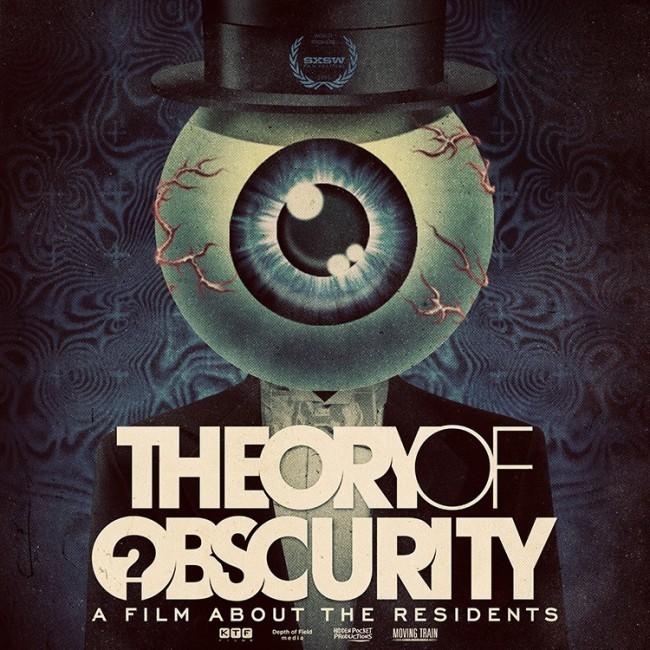Multimedia group “The Residents” are premiering their documentary “Theory of Obscurity: A Film About The Residents” in Austin, Texas this May.
The mysterious multimedia group will reveal their documentary about the group’s success and style over the years May 4. Over the last four decades the group has been shrouded in anonymity, remarkably maintaining their mysterious persona throughout their careers. “The Residents” are an art group that have produced music, video, and more through different platforms over the last few decades, inspiring many artists around the world.
Campus Weekly sat down with Homer Flynn, the manager of “The Residents” and the co-founder of their label.
Campus Weekly: What made you want to follow this unique career path as a profession?
Homer Flynn: In many ways when I look back, it seems like this career path chose me as opposed to me having chosen it. I had contact with some of “The Residents” as far back as high school, although the idea of them forming a band was no more than an idle thought at the time. But once we reconnected in the Bay Area and they asked for my help as a graphics consultant on their early albums, I was immediately sucked into what they were doing. I certainly could have made more money doing something else, but I have always found more satisfaction from the people around me and relationships I have formed than from the outward trappings of success, so this was a good direction for me.
CW: Was it difficult to gain traction with the group starting out?
HF: No, once a level of trust was established, which happened early on, gaining traction was easy. They needed me and I loved their commitment, ambition and ideas, although they were still in the formative stages back in the early 70s. Something as wacky and unique as “The Residents” doesn’t come along very often and I knew I wanted to be part of it.
CW: What is the thought process behind the group’s anonymity?
HF: There were two main reasons for the anonymity:
1) “The Residents” never saw being a “rock star,” with its concurrent and intrusive media attention, as a desirable thing. In their world, it was important to create space between their public and private lives and a contrived, anonymous identity – “The Residents” – allowed that to happen.
2) But they also wanted to avoid the types of conflicts and struggles for attention and credit that happen with many groups, and by having all the notoriety focused on an artificial identity, they avoided that. Once “The Residents” was established as the primary creator, credit could filter from this faceless blanket down to its rightful beneficiaries in an organic way.
CW: What inspired the eye as the group’s logo?
HF: Originally, “The Residents” wanted a new disguise for each project and you can easily see this progression of looks changing throughout the 70s. As their Eskimo album was nearing completion, the group wanted something new and special to define their look for that project. After considering and discarding several other ideas, including silver globes similar to giant Christmas ornaments, they finally decided on eyeballs. The top hats and tuxedos were a conscious decision to go against the grain of punk, which was so popular at that time.
CW: Are there any pieces over the years of which you are particularly proud?
HF: I am especially happy with the Third Reich’n Roll, Eskimo and Tweedles covers.
CW: For those that haven’t been introduced to The Residents, how would you describe them?
HF: I would describe “The Residents” as multimedia
artists who have often masqueraded as a band. Music is certainly important to
them, but no more so than performance, film/video, graphic arts and writing.









